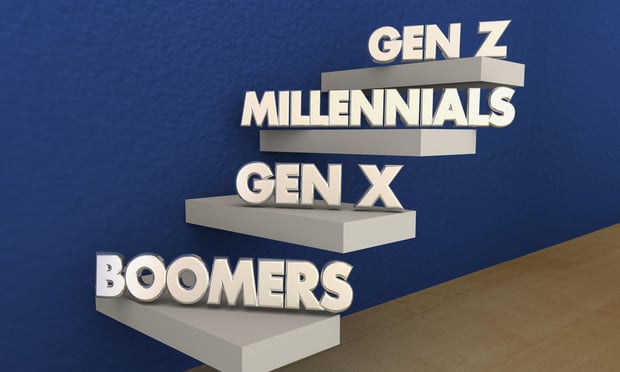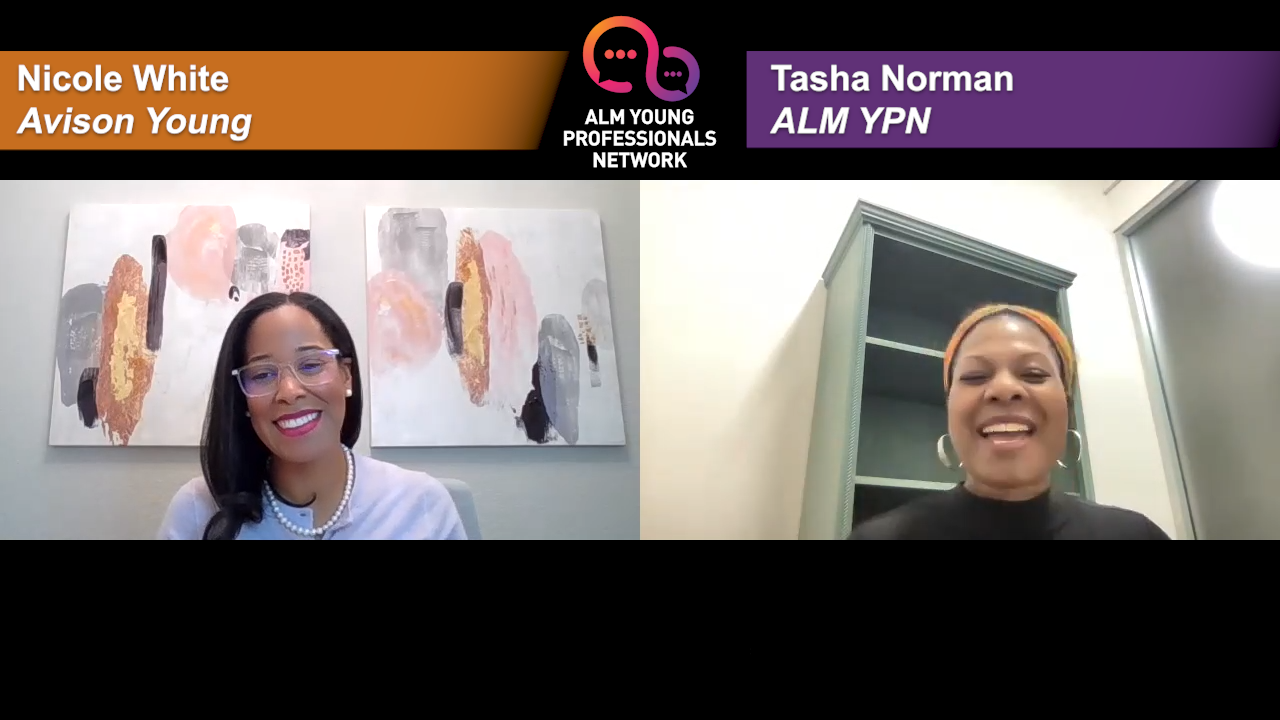 Anbarden: “Our understanding is the Gig Life is giving us the ability to offer high-speed Internet to individuals in their home, where they could utilize more than 100 Wi-Fi devices in the home at the same time without interference or delays.”
Anbarden: “Our understanding is the Gig Life is giving us the ability to offer high-speed Internet to individuals in their home, where they could utilize more than 100 Wi-Fi devices in the home at the same time without interference or delays.”
RANCHO MISSION VIEJO, CA—High-speed wireless connections in the home that enable incredibly fast download speeds and eliminate buffering could help dramatically increase productivity in the commercial real estate realm, Warmington Homes executives Rebecca Anbarden and Mike Demboski tell GlobeSt.com. Cox Communications and Warmington have partnered to showcase a new era in digital living using gigabit Internet service and recently held the Cox Smart Home Gigablast event at Canopy at Esencia, one of Orange County's newest home communities here and one of several new neighborhoods within Esencia.
Esencia is the first master-planned community in Orange County to provide access to high-speed Internet—which Cox is marketing as Gigablast—at every home site in the community. Cox provides Gigablast high-speed Internet service to commercial customers throughout Orange and San Diego counties and has for a few years.
Attendees at the event were able to experience what living the “Gig Life” looks like with 1-gigabit Internet speed, where no matter how many devices are connected, the same level of connectivity is maintained. We spoke exclusively with Anbarden and Demboski about how the service works and how it might translate to increased efficiencies in the commercial real estate realm.
GlobeSt.com: How would you describe the Gig Life in residential real estate?
Anbarden: Our understanding is the Gig Life is giving us the ability to offer high-speed Internet to individuals in their home, where they could utilize more than 100 Wi-Fi devices in the home at the same time without interference or delays. This includes streaming movies, downloading documents and files and other uses.
Demboski: It means having unlimited capacity to do what you want on the Internet and not be held back by the current service that's out there.
 Demboski: “With that type of capacity and bandwidth, the days of waiting for things to stream or download are potentially over.”
Demboski: “With that type of capacity and bandwidth, the days of waiting for things to stream or download are potentially over.”GlobeSt.com: How might that translate to commercial real estate or multifamily?
Demboski: The crossover to multifamily would be very similar to single-family residential, with the same demand and quantity of devices being monitored, plus the request for the Internet of Things to function on that bandwidth. In commercial offices, we experience slowdowns even with a petty fast connection to the Internet in a work sense, but if each station had that capability, we would see transfer of documents be instantaneous; instead of a bar indicating the number of minutes to transfer or download a document, it would only take moments.
GlobeSt.com: What are the next steps in the Gig Life?
Anbarden: Esencia is the first master-planned community in Orange County to offer this, but we will continue to outfit our homes with the components necessary to utilize that service.
Demboski: Warmington is not offering the Gigablast service, but facilitating homes to accept that service. We provided the infrastructure and capabilities to tap into that service, but it's up to the homeowner to take it from there. They may need to make revisions to their home if they subscribe to Cox's Gigablast service in order to take full advantage of it. We do have products in the home that function better because of the service; we're not offering the service, but facilitating it. What we're doing to facilitate this technology in the future is not only adding standard wires for TV, but adding them at the doorbell, furnace and thermostat—these are additional wires that go into the home for assumed future technology, assumed future IoT.
GlobeSt.com: What else should our readers know about this topic?
Demboski: With that type of capacity and bandwidth, the days of waiting for things to stream or download are potentially over. The transfer of data would happen so quickly that the frustration of streaming being interrupted by buffering and download time would in theory go away.
Want to continue reading?
Become a Free ALM Digital Reader.
Once you are an ALM Digital Member, you’ll receive:
- Breaking commercial real estate news and analysis, on-site and via our newsletters and custom alerts
- Educational webcasts, white papers, and ebooks from industry thought leaders
- Critical coverage of the property casualty insurance and financial advisory markets on our other ALM sites, PropertyCasualty360 and ThinkAdvisor
Already have an account? Sign In Now
*May exclude premium content© 2025 ALM Global, LLC, All Rights Reserved. Request academic re-use from www.copyright.com. All other uses, submit a request to [email protected]. For more information visit Asset & Logo Licensing.








